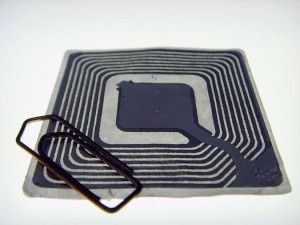Wiring large buildings for mane of today’s high tech systems, such as fire safety or climate control, requires a whole lot of wires. Just imagine the amount of copper connecting every room, corridor, stairwell and broom closet in a building like the Empire State. So researchers are hard at work trying to come up with efficient and clever wireless implementations.
They are planning to use the heating, ventilation and air conditioning (HVAC) ducts that are already connecting the entire building as a big antenna that relays data via radio frequency identification (RFID)?
The scheme is rather simple but it could amount to huge cost savings for builders, as it saves the materials and time needed to physically connect sensors within a structure. Take the climate control system for instance. In order to function properly, temperature sensors have to be wired throughout the building to tell the central heating and cooling unit when and where to pipe conditioned air.
But the researchers — all of whom are current or former students of Dr. Dean Stancil, formerly of Carnegie Mellon and now at NC State — figured out that an array of RFID-enabled temperature sensors spread throughout a building could beam climate information back to the central unit using the HVAC ducts as a big building-wide antenna.
The researchers demonstrated their technology working across sections of HVAC ductwork about 100 feet long, and they are unsure how much further an RFID tag can be away from the central unit and still send and receive signals. But in concept, the system works for anything you can create a sensor for, eliminating all the wiring from fire alarms systems, security systems, air conditioning infrastructure and even public health and safety sensor schemes that monitor for threats like carbon monoxide. From a materials standpoint, that cuts down on a lot of wiring. From a construction standpoint, that’s working smarter rather than harder.
Source: Popular Science.



Pingback: http://%/bvwssee